Geogrids are essential geotechnical materials used to reinforce fill materials and enhance the load-bearing capacity of various engineering projects. Based on their structural configuration, geogrids are classified into three main types: Uniaxial, Biaxial, and Triaxial. This article delves into the structure, types, and applications of uniaxial geogrids, providing a comprehensive understanding of this critical material.
What is Uniaxial Geogrid?
Uniaxial geogrid, also known as unidirectional geogrid, is a geotechnical material manufactured from virgin PP/PE/HDPE resins through knitting or extrusion, punching, and longitudinal stretching processes. These geogrids possess high mechanical strength and are designed to withstand tensile forces along the longitudinal axis with minimal deformation. They are primarily used to reinforce, support, and distribute loads within fill materials.
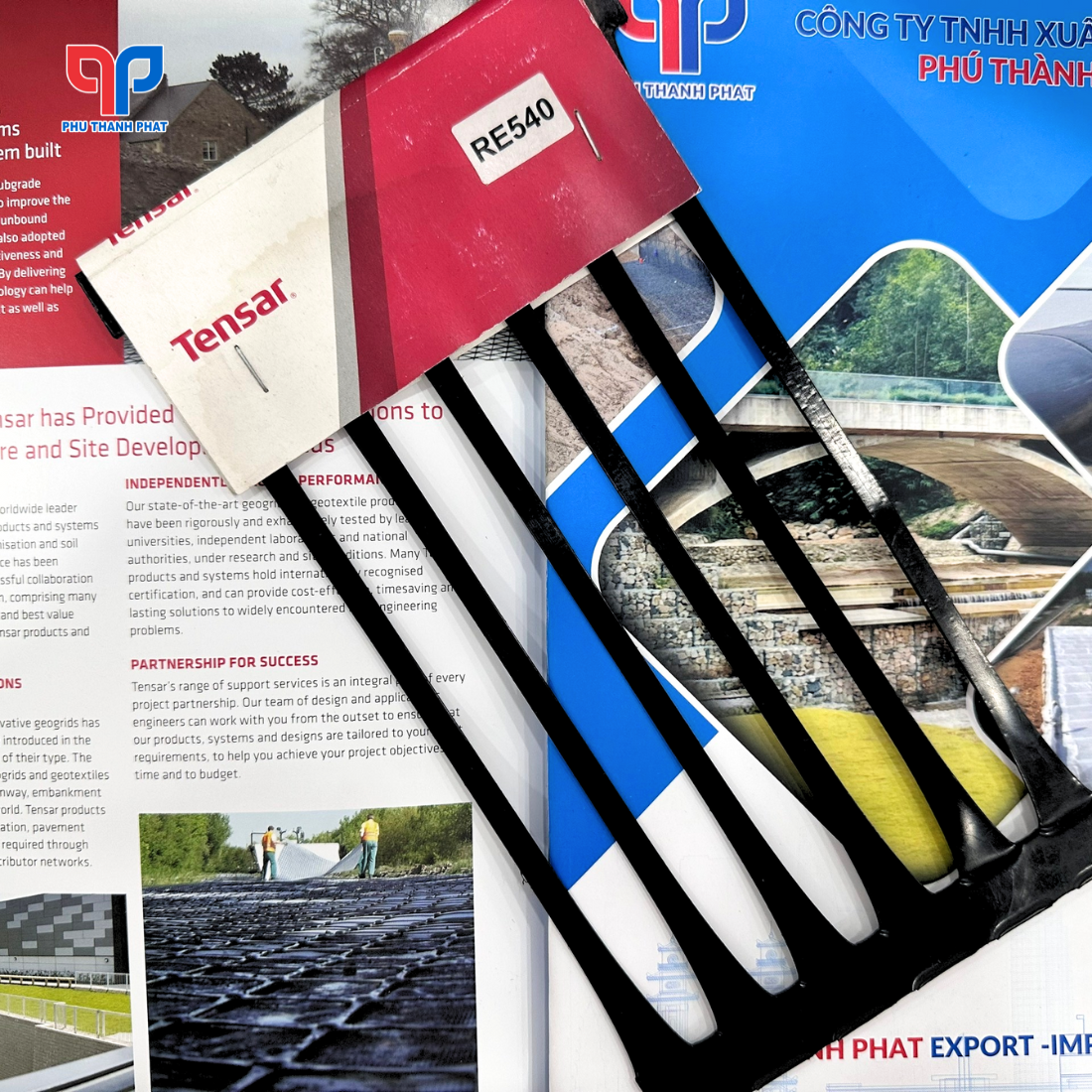
Classification of Uniaxial Geogrids
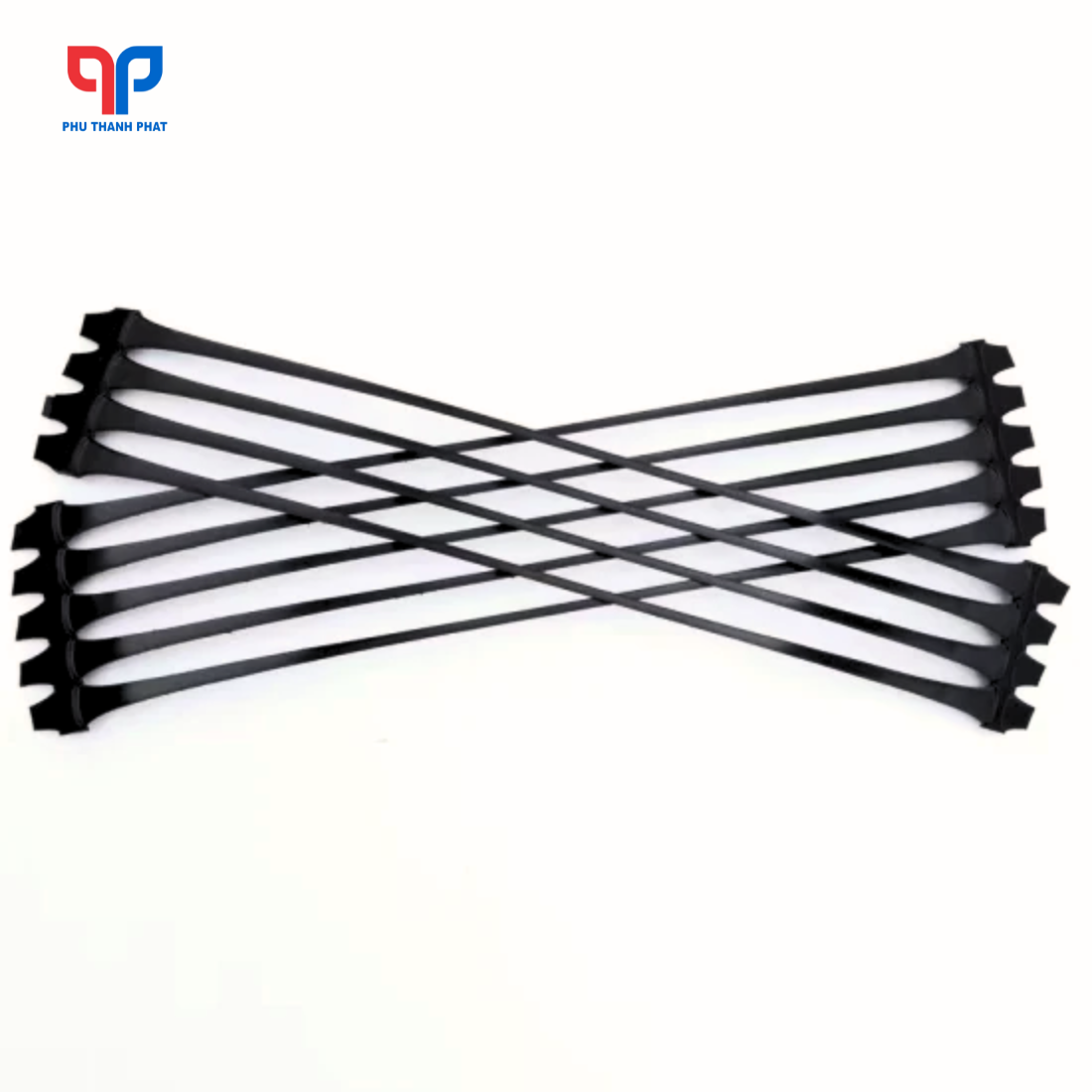
PP Uniaxial Geogrid (Polypropylene)
PP uniaxial geogrids are made from 100% polypropylene (PP) resins. They are manufactured through extrusion, punching, and stretching processes, resulting in a pre-designed grid structure that is rolled into finished products. These geogrids exhibit excellent durability, stability under natural biochemical conditions, and resistance to abrasion from gravel and rocks. They offer high tensile strength in one direction, typically ranging from 30kN/m to 600kN/m, with standard roll widths of 1-3m.
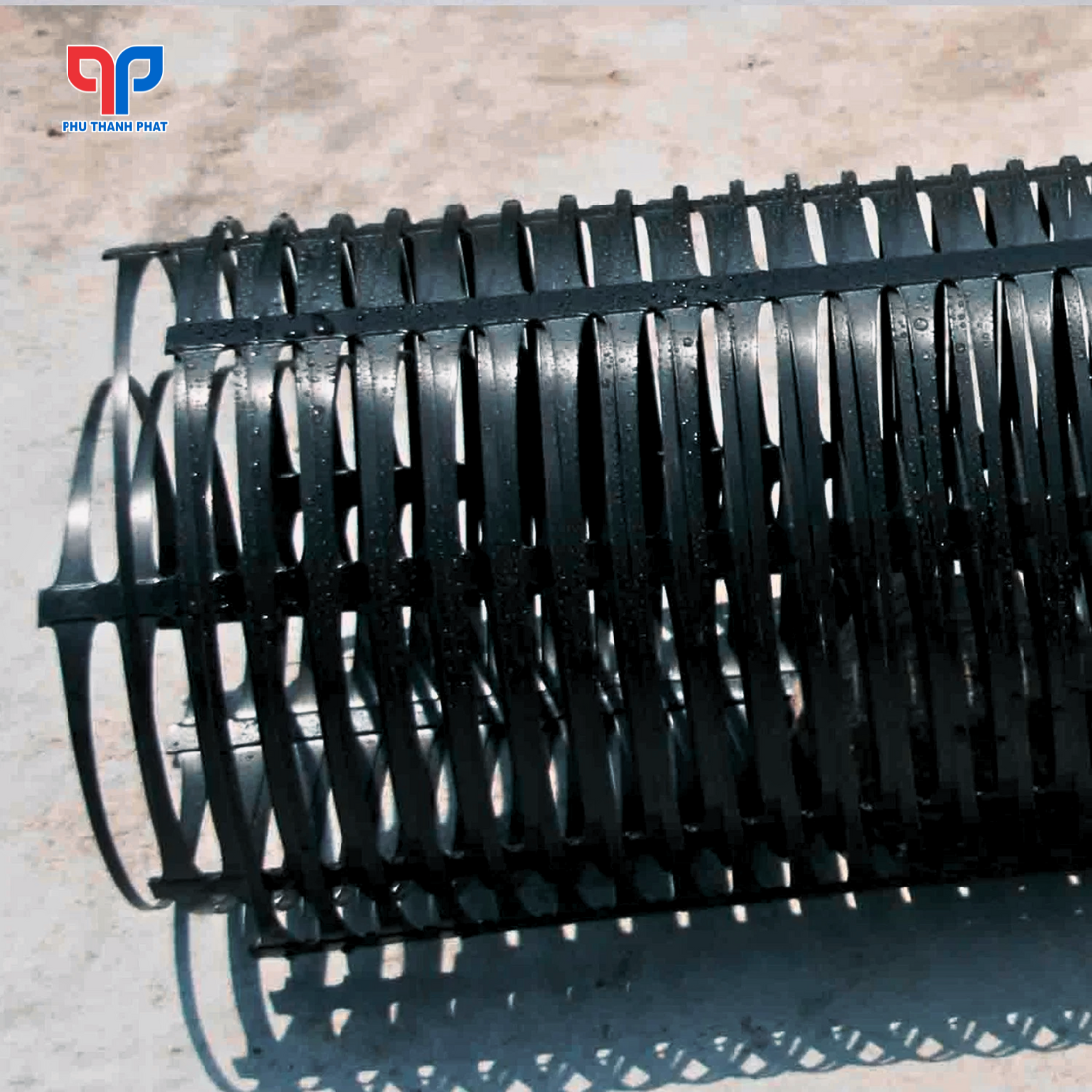
PE Uniaxial Geogrid (Polyester)
PE uniaxial geogrids are composed of 100% virgin high-tenacity polyester (PE) fibers, manufactured through warp knitting and coated with a special adhesive to enhance UV resistance and environmental stability. These geogrids offer superior tensile strength, ranging from 20kN/m to 1200kN/m, making them ideal for roadbed reinforcement in transportation projects. They are available in roll widths of 1-6m.
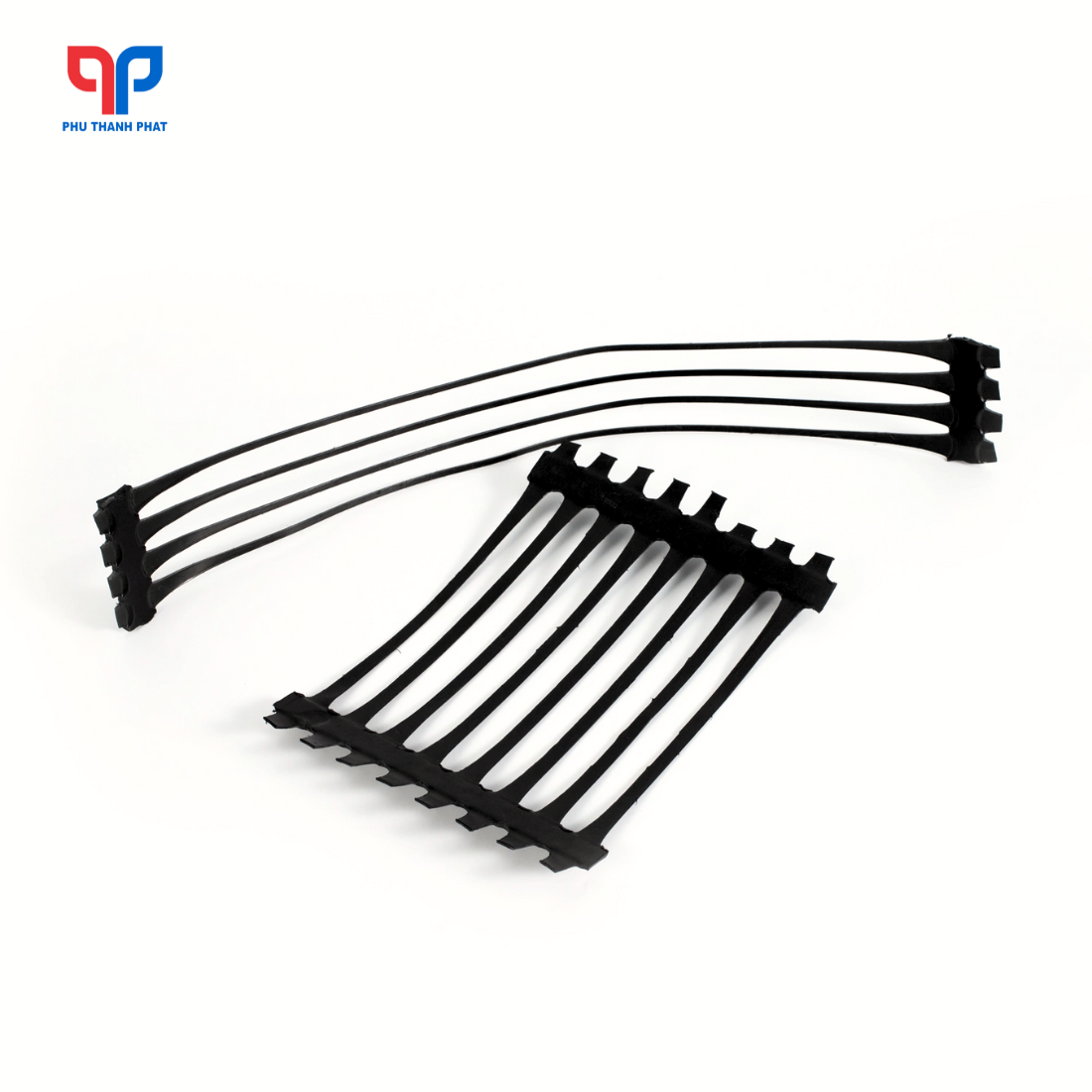
HDPE Uniaxial Geogrid (High-Density Polyethylene)
HDPE uniaxial geogrids are made from HDPE resins through extrusion and punching processes, followed by longitudinal stretching to create aligned polymer chains with an elliptical structure. This structure provides high tensile strength and an extended tensile modulus of up to 5%.
These geogrids are widely used in transportation projects due to their ability to distribute loads over a large area, effectively preventing cracks and subsidence in roadbeds. They typically have tensile strengths ranging from 30kN/m to 300kN/m and standard roll widths of 1-3m.
Advantages of Uniaxial Geogrids
High tensile strength and load-bearing capacity, comparable to metal materials.
Superior reinforcement and load distribution compared to traditional methods.
Interlocking with fill materials to create a stable, anti-slide, and anti-erosion structure.
Versatile application in various terrains and environments.
High mechanical durability and resistance to environmental factors such as acids, alkalis, and UV radiation.
Cost-effective solution, reducing material, labor, and maintenance expenses.
Time-saving and efficient construction, ensuring project completion within deadlines.
Applications of Uniaxial Geogrids
1. Reinforced Retaining Walls
Uniaxial geogrids are used in reinforced retaining wall construction, combined with materials such as concrete facing panels, drainage systems, and backfill. The durability of these geogrids ensures a lifespan of up to 120 years for retaining wall structures.
Additionally, geogrid retaining walls utilize on-site fill materials, reducing material costs by up to 40% compared to reinforced concrete walls. Their simple and rapid construction methods minimize labor and heavy equipment requirements while maintaining high effectiveness.
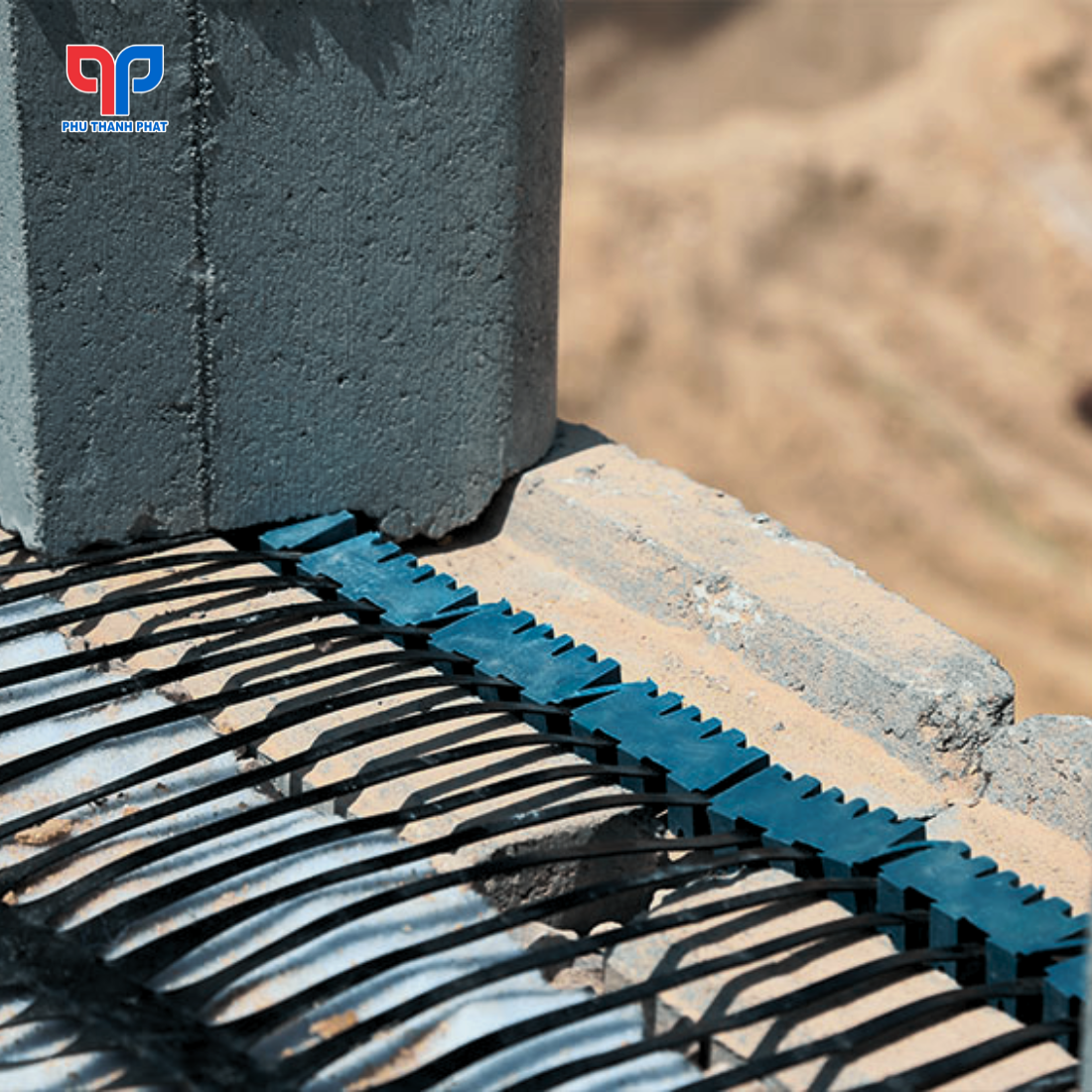
2. Slope Reinforcement
Uniaxial geogrids are an optimal solution for slope reinforcement, anchoring fill materials and enhancing soil shear resistance and slope stability.
Combining geogrids with soil bags provides an effective alternative to traditional slope construction methods, such as concrete panels or blocks. This technique involves simple bending and compaction to stabilize the slope surface.
To maximize tensile strength, uniaxial geogrids may require anchoring with piles or folding techniques. Additionally, friction-enhancing features and connection details are added to improve soil-geogrid interaction.
Integrating geogrid slope reinforcement with vegetation cover offers an aesthetically pleasing and environmentally friendly solution, providing economic benefits to project owners.
3. Reinforcement of Hydraulic Structures
Uniaxial geogrids are used in hydraulic structures such as riverbanks, seawalls, and dams to mitigate erosion and wave pressure. They act as impermeable barriers, reinforcing and stabilizing foundations.
Combining geogrids with gabions creates robust and durable structures, extending the lifespan of hydraulic projects. This cost-effective solution reduces material and labor expenses, offering significant economic advantages.
Where to Buy High-Quality Uniaxial Geogrids at Competitive Prices
To ensure the purchase of high-quality geogrids at competitive prices, it is essential to select a reputable supplier that partners directly with renowned geogrid manufacturers. As geogrids are primarily imported, choosing a reliable supplier is crucial to avoid counterfeit or low-quality products.
Phú Thành Phát, with over a decade of experience in the geotechnical field, is a trusted partner of leading geogrid brands such as Tensar, Hock Technology, Hangzhou Baosu, and Shandong Obor. We offer competitive pricing and excellent customer service.
For more information or to request a quote, please contact us via phone or leave your contact details. Our team will promptly assist you with your inquiries.
CONTACT INFORMATION
Head Office: 15 Street 5, Vinh Loc Residential Area, Binh Hung Hoa B Ward, Binh Tan District, Ho Chi Minh City
Hotline: 028.666.03482 – 0909.452.039 – 0903.877.809
Email: info@vaidiakythuat.com
